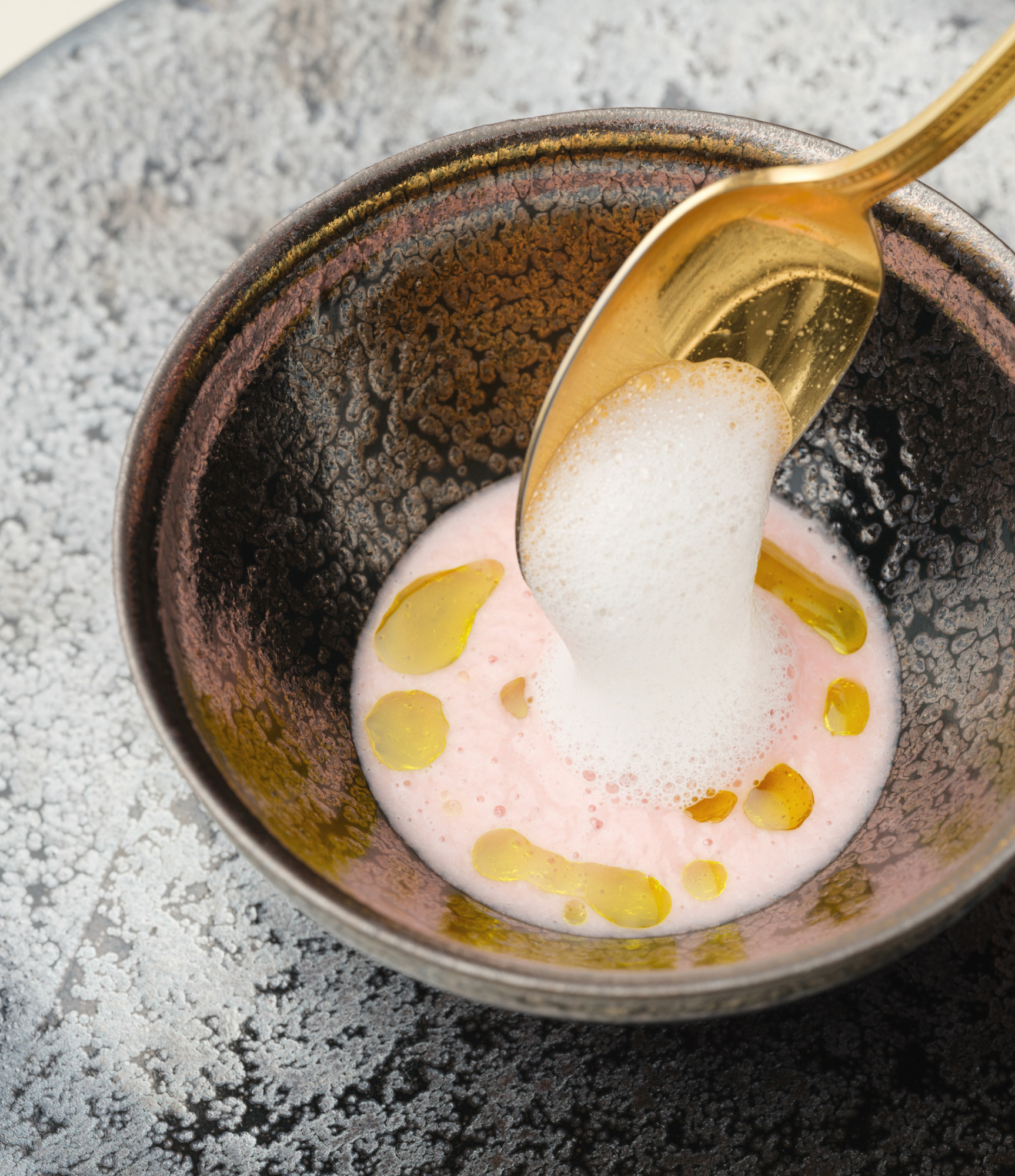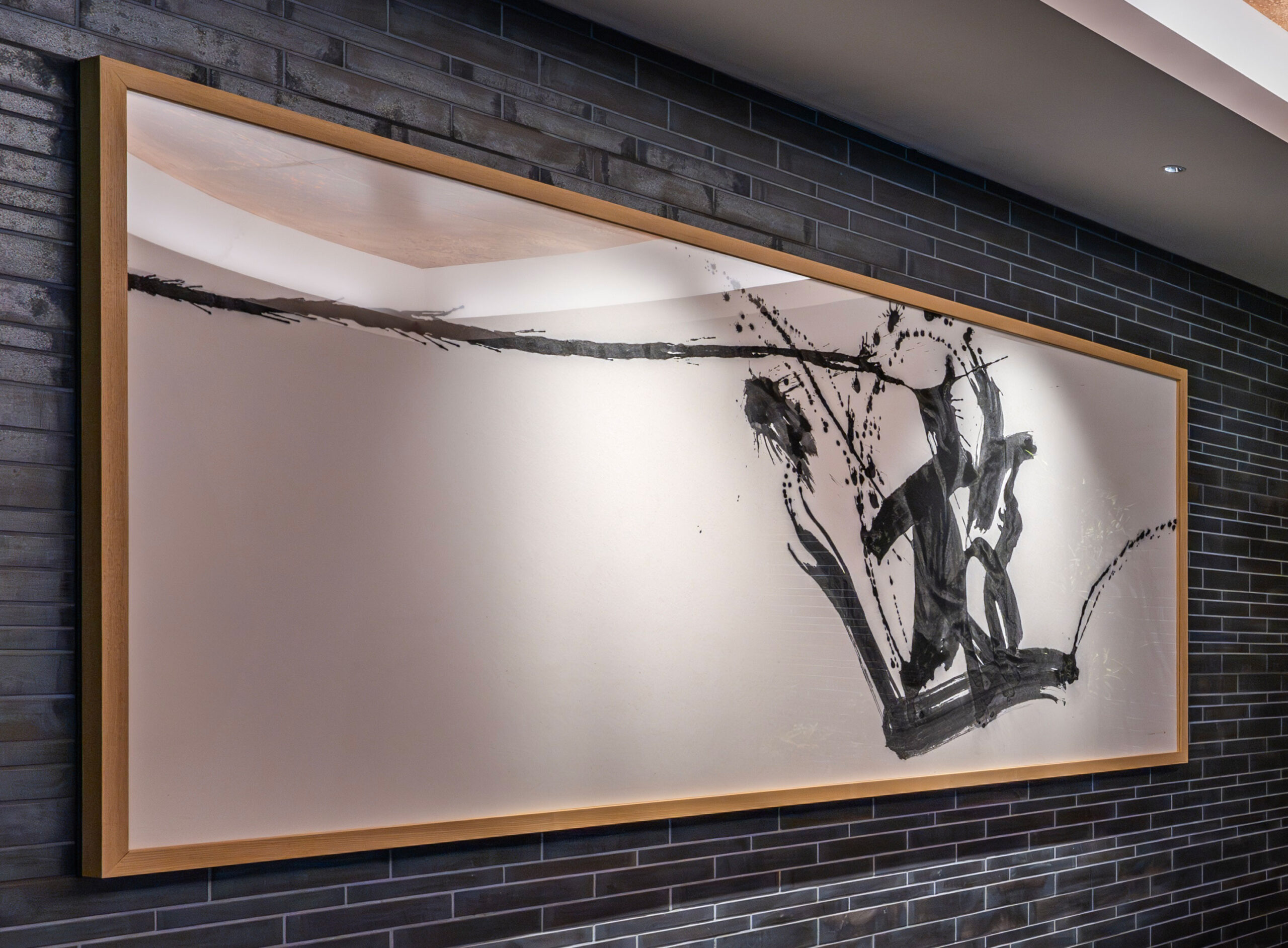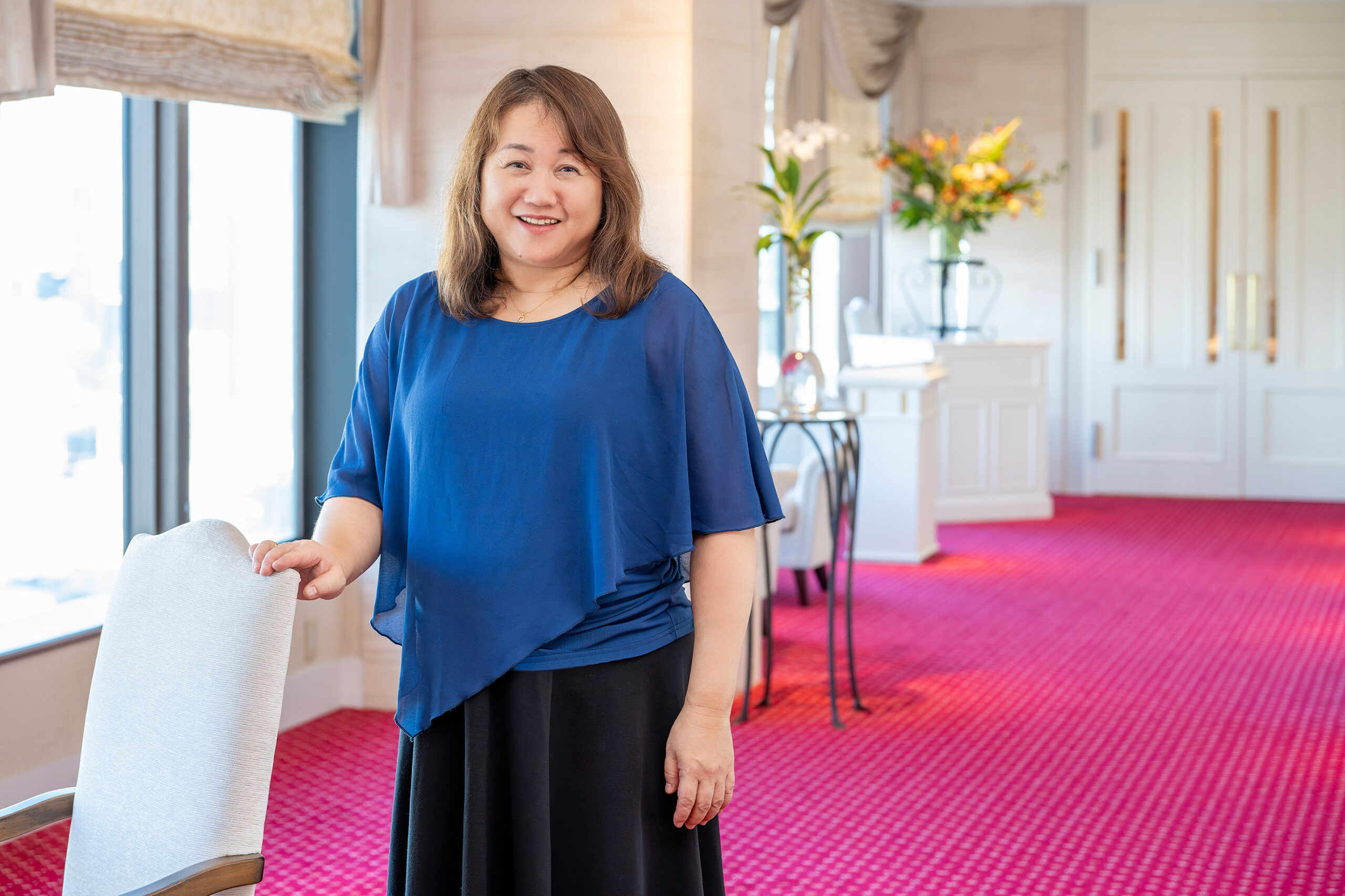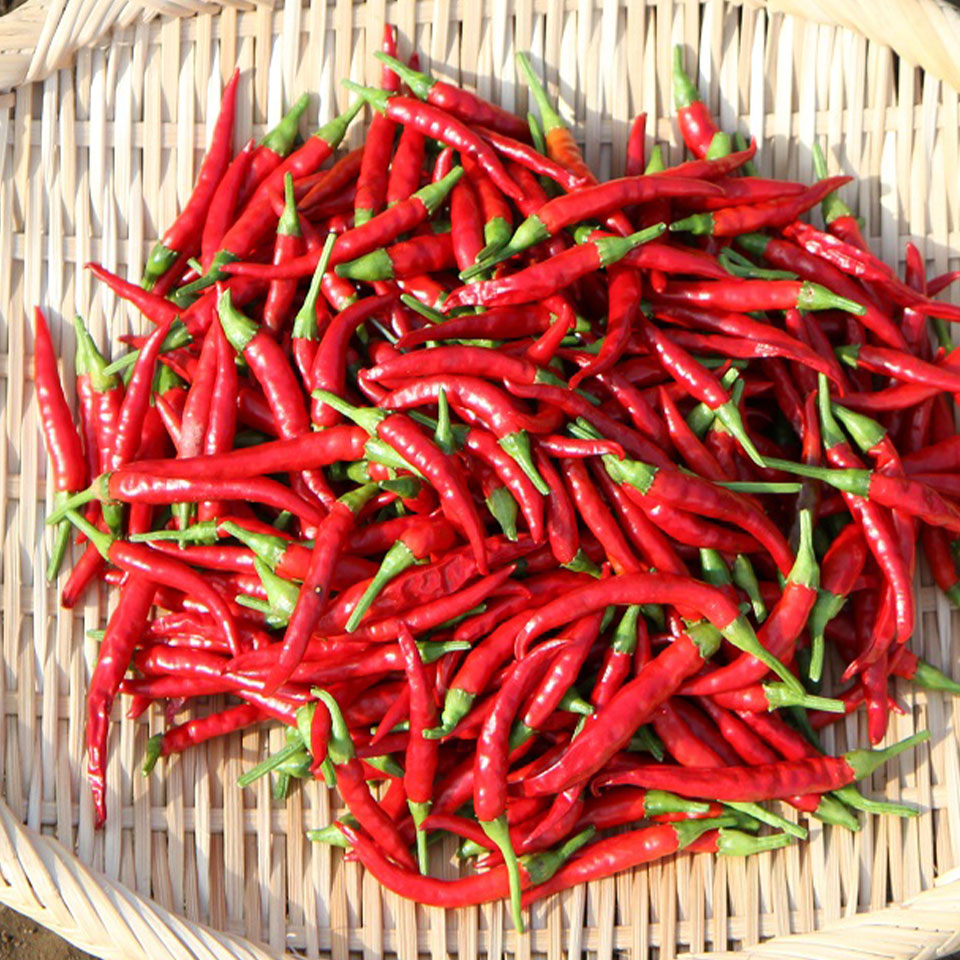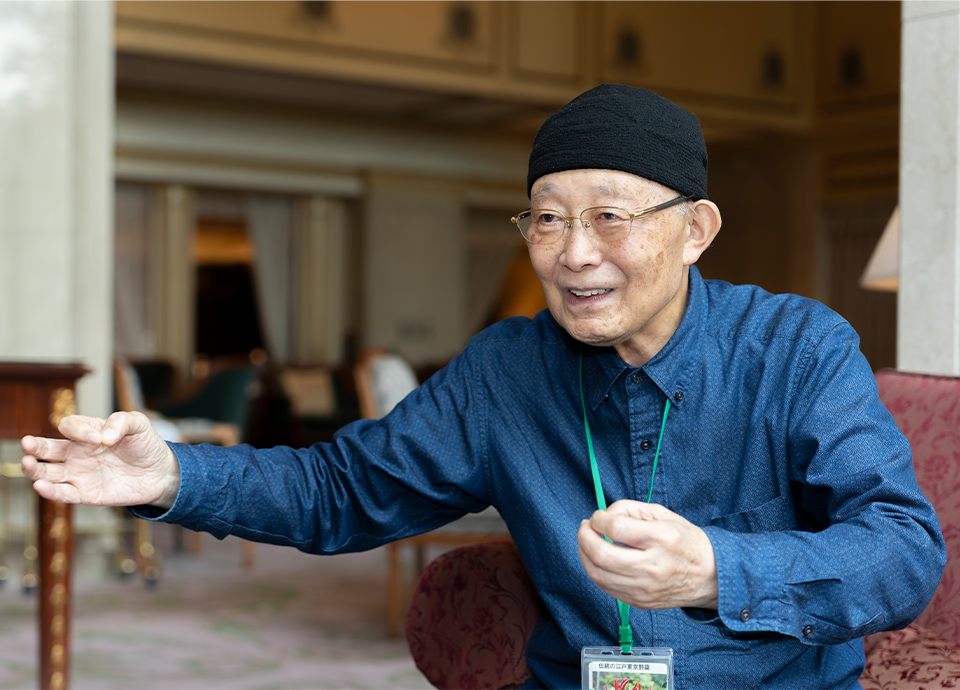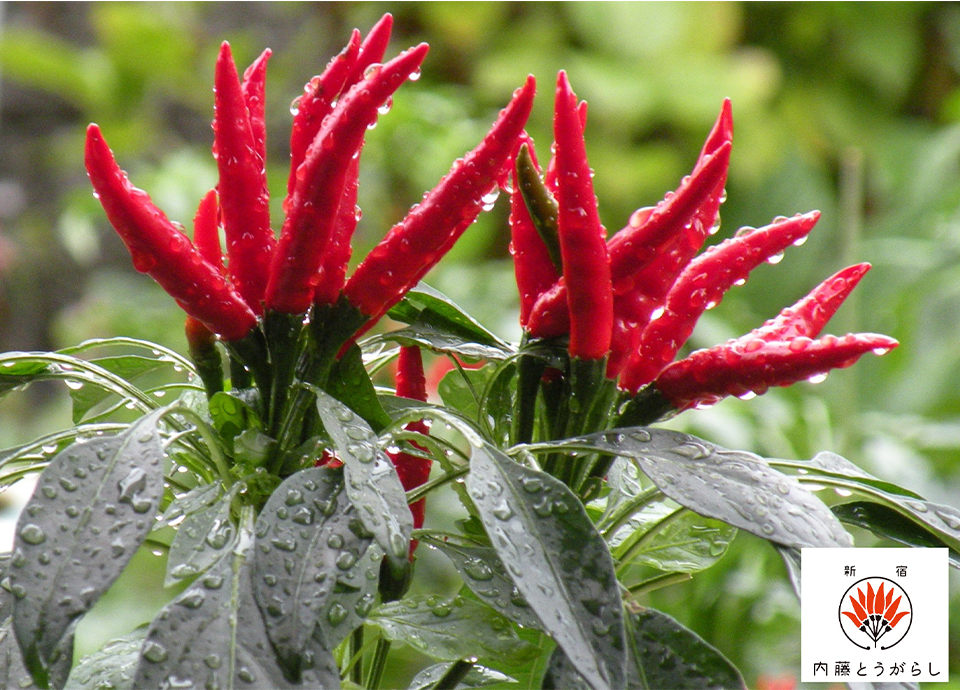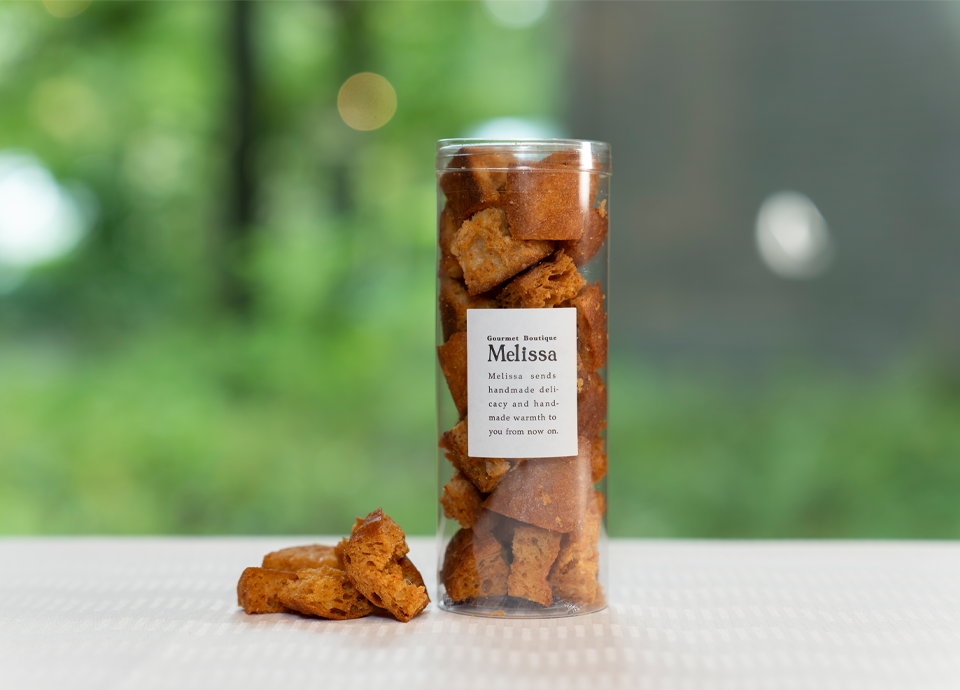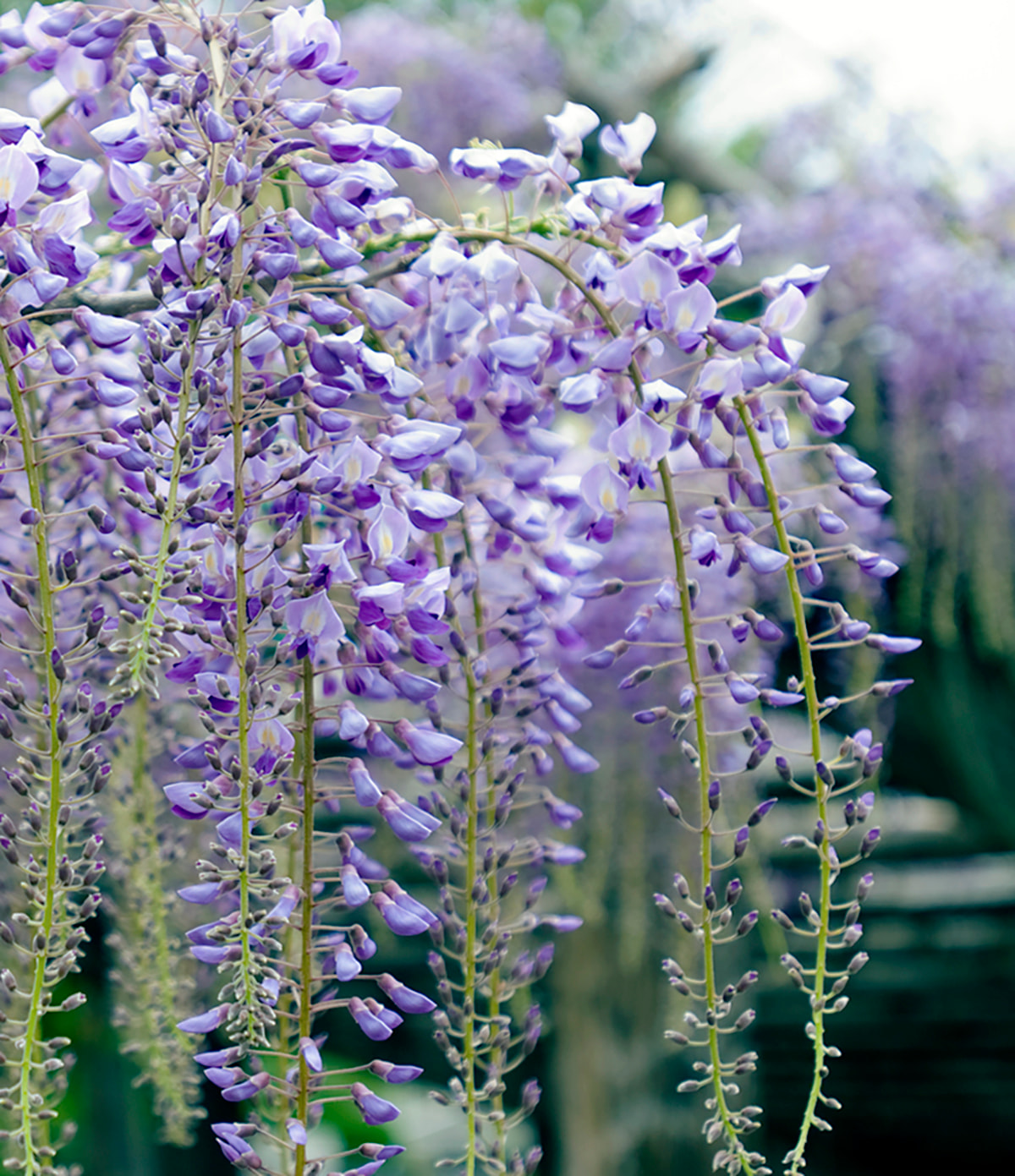
Revival of “Naito Togarashi,” Shinjuku’s Traditional Vegetable
Royal Makers vol. 3
Everything the RIHGA Royal Hotels offer, from the ingredients used in the restaurant to the amenities provided in each room, is produced by committed “makers.” In this series, we introduce you to the deep thoughts that the “makers” put into their creations and how the “hotel,” “makers,” and “guests” are all interconnected.
The man behind the revival of “Naito Togarashi”
The name “Shinjuku,” the area housing the RIHGA Royal Hotel Tokyo, comes from “Naito Shinjuku,” a post town established during the mid-Edo period. At the time, the branched route of the Ome Kaido Route and the Koshu Kaido Route served as a bustling hub of logistics, teeming with a constant flow of draft animals. Grown in such an environment was the “Naito Togarashi,” a type of chili pepper that gained popularity across Edo as a garnish for Soba (buckwheat) noodles, a dish that was highly favored in Edo. Following its success in Edo, farmers around Shinjuku, including the Waseda area where the RIHGA Royal Hotel Tokyo is now located, all started growing “Naito Togarashi.” In fact, its cultivation was so popular that it is even said that in the fall, the fields were covered in chili peppers, resembling a lavish bright red carpet. However, after the Meiji period, the cultivation of “Naito Togarashi” saw a decline owing to the urbanization of Shinjuku, and with the emergence of the Takanotsume, a notably spicier variety, the “Naito Togarashi” eventually became extinct.
To revive this legendary “Naito Togarashi” in the modern age, the “Naito Togarashi Project” was launched in 2010. After much diligent effort to trace back its history, “Naito Togarashi” was not only revived but also garnered significant recognition, earning its designation as an “Edo Tokyo Vegetable” in 2013, and is once again in the limelight as a specialty of Shinjuku. In this interview, we had the pleasure of speaking with Narita Shigeyuki, a Regional Development Producer and the visionary behind the “Naito Togarashi Project.”
Preserving the pure breed and its tradition
“Naito Togarashi” first became popular as a garnish for soba noodles during the Edo period and was so well known that even the sellers of Shichimi Togarashi (seven spice blend) boasted using “Naito Togarashi” for their blend. Its flavor is characterized by a delicate and mild spiciness, accompanied by a rich aroma and taste. Packed with amino acids, renowned for their umami flavor, you can even transform it into a delightful broth. Cooking rice using water soaked with “Naito Togarashi” astonishingly enhances its taste.
It was extremely difficult to revive “Naito Togarashi” in its original form. First, we spent a year or so searching for pure-breed seeds, and we were able to obtain about seven seeds from various research institutions. After three years of seedling selection from the first seven seeds, we finally succeeded in increasing the number of seeds of the original pure breed of “Naito Togarashi.” Currently, the chili peppers are cultivated by contract farmers in Nerima, Kodaira, Mitaka, and other areas, but in order to preserve the purity of the seeds, they are only cultivated using the seeds I personally collect every year.
Boosting the appeal of Shinjuku
To begin with, the reason why I am so particular about the pure breed is because I want to preserve the “one-of-a-kind” traditions that are unique to Shinjuku. As somebody who has been involved in community building, I have supervised various development projects focused on the unique specialties of villages and towns across Japan. However, I never imagined that Shinjuku, being a metropolis, would require community building. One day, however, an elementary school boy from Shinjuku told me, “People think Shinjuku is a scary place because of all the bad news they hear. I wish Shinjuku had something I could be proud of.” This prompted us to take a look at Shinjuku’s history and food culture and led to the reviving of the “Naito Togarashi.”
Therefore, the goal of this project is to promote “Naito Togarashi” as a specialty of Shinjuku so that the children can be proud of their city. I have also been teaching at elementary schools in Shinjuku for 10 years. In addition, in order to help revitalize the local community, I am also involved in promotional activities in cooperation with shopping districts, companies, and restaurants in the city, focusing on nurturing the culture of eating and enjoying “Naito Togarashi.”
“Naito Togarashi” Rusk, available only at the RIHGA Royal Hotel Tokyo
“Melissa,” the gift shop at the RIHGA Royal Hotel Tokyo, presents the delightful “Naito Togarashi Rusk,” a creation born in support of the “Naito Togarashi Project.” The mildly spicy flavor of “Naito Togarashi” combined with the rich flavor of butter creates an addictive pairing and goes perfectly with alcohol, making it an excellent snack for adults. Born out of a special collaboration between the RIHGA Royal Hotel Tokyo and the local community, this uniquely Waseda product makes a great souvenir. It reminds us how important it is to protect and nurture local products, ensuring they are cherished and handed down to future generations.
Text by Yamamoto Ikuko
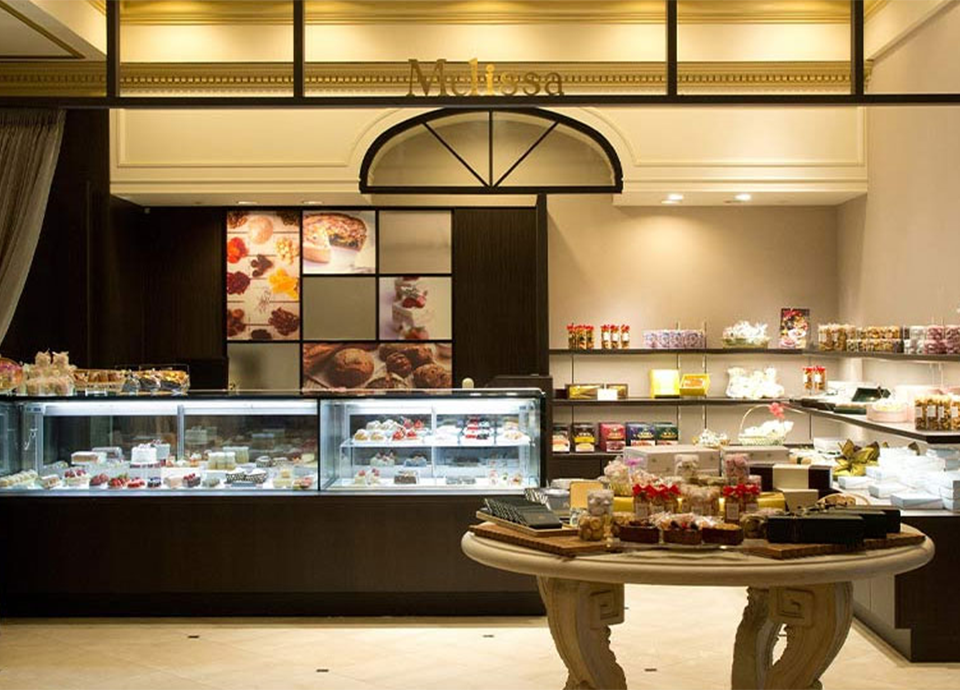
RIHGA Royal Hotel Tokyo
Melissa
Phone: +81 (0) 3-5285-1121 (representative)
1-104-19 Totsuka-machi, Shinjuku-ku, Tokyo
※All pictures shown are for illustration purposes only.
※All prices include tax.
※Opening Hours may be subject to change without notice. Please check the Opening Hours before visiting.


